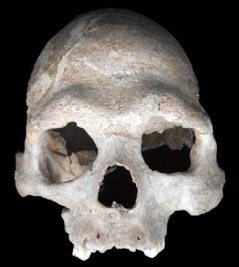LeBrok
Elite member
- Messages
- 10,261
- Reaction score
- 1,617
- Points
- 0
- Location
- Calgary
- Ethnic group
- Citizen of the world
- Y-DNA haplogroup
- R1b Z2109
- mtDNA haplogroup
- H1c
[h=1]Skull and limb morphology differentially track population history and environmental factors in the transition to agriculture in Europe.[/h]http://www.ncbi.nlm.nih.gov/pubmed/23902904
Is there a way to access the whole paper?
Is there a way to access the whole paper?













